In the world of electrical systems, there are countless technical complexities that need to be understood and handled properly. One such complexity is why your neutral wire may have voltage present when it should be isolated from mains power. This mysterious phenomenon affects equipment design as well as safety protocols for maintenance personnel. In this blog post, we will tackle the concept of neutral-wire voltage and shed light on how it occurs in a variety of scenarios. We’ll start by discussing the basic science behind why electricity flows around circuits before delving into practical examples of where you may come across this kind of occurrence in homes or businesses. With our comprehensive breakdowns, you’ll see exactly why every electrician needs to understand neutral-wire current so they can mitigate any potential risks involved with such installations.
Why Does My Neutral Wire Have Voltage?
In most electrical wiring systems, the neutral wire carries a return current from the load back to panel ground. This is necessary for appliances and lighting fixtures to operate correctly. However, due to various reasons, sometimes the neutral wire may carry voltage even when there is no current flow in the circuit.
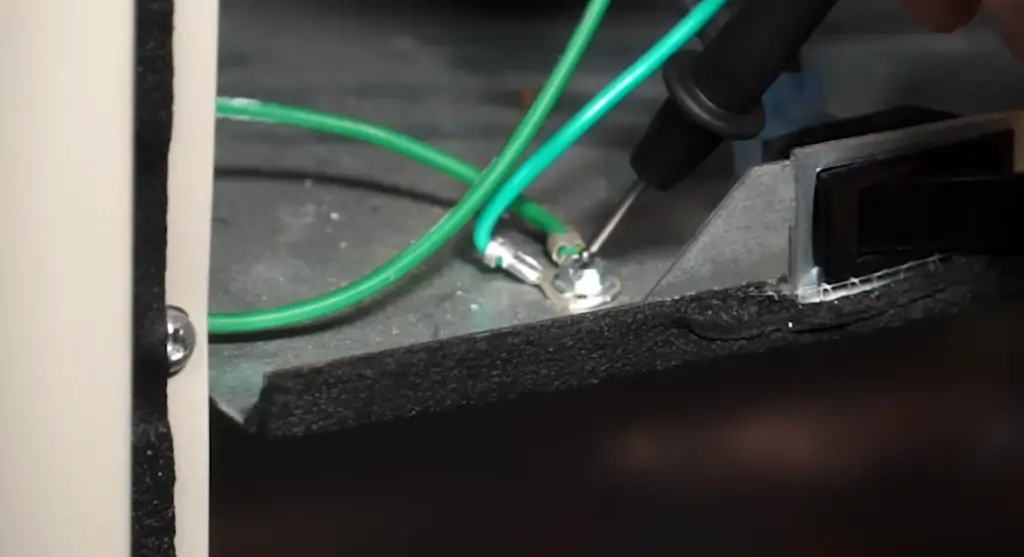
This can be caused by things such as loose connections in the wiring system which create resistance and cause a potential difference between the hot and neutral wires. It can also be caused by imbalance in the power factor of heavy loads or unbalanced currents on multi-wire branch circuits. In some cases, an open phase condition on a three-phase system can also cause voltage present on your neutral wire. [1]
It’s important to be aware of these potential causes and to check the neutral wire for any unexpected voltage.
The most important thing to remember is that voltage on the neutral wire can be dangerous and should not be ignored. It’s always better to err on the side of caution and have your electrical system inspected by a qualified professional.
Amount Of Voltage On My Neutral Wire
When dealing with wiring a home, the voltage of a neutral wire is an important factor to consider. The amount of voltage on your neutral wire should not exceed 120 volts. If you find that the voltage on your neutral wire is higher than this, it could be because of one or more of several issues.
First, if multiple loads are sharing the same circuit, then each load will draw some from the neutral and cause its voltage to rise above zero volts (the ideal neutral voltage). To fix this issue, only have one load per circuit.
Second, if any device like a pump motor has an internal problem causing its current to flow in reverse direction (back into the electrical system instead of out), then again the neutral voltage will rise above zero. In this case, you should check and replace the malfunctioning device.
Third, if there is an imbalance in the circuit’s hot-to-neutral load on one side (e.g., a light that only draws power from one of two hots), then again the neutral voltage may rise higher than 120 volts due to an unequal flow of electrical current. To fix this, try connecting all lights between both hot wires so they draw equal current.
In any case, it’s important to make sure your neutral wire has no more than 120 volts on it at all times for safety reasons. If your neutral wire does have too much voltage running through it, take steps to correct the issue before proceeding with any wiring projects. [2]
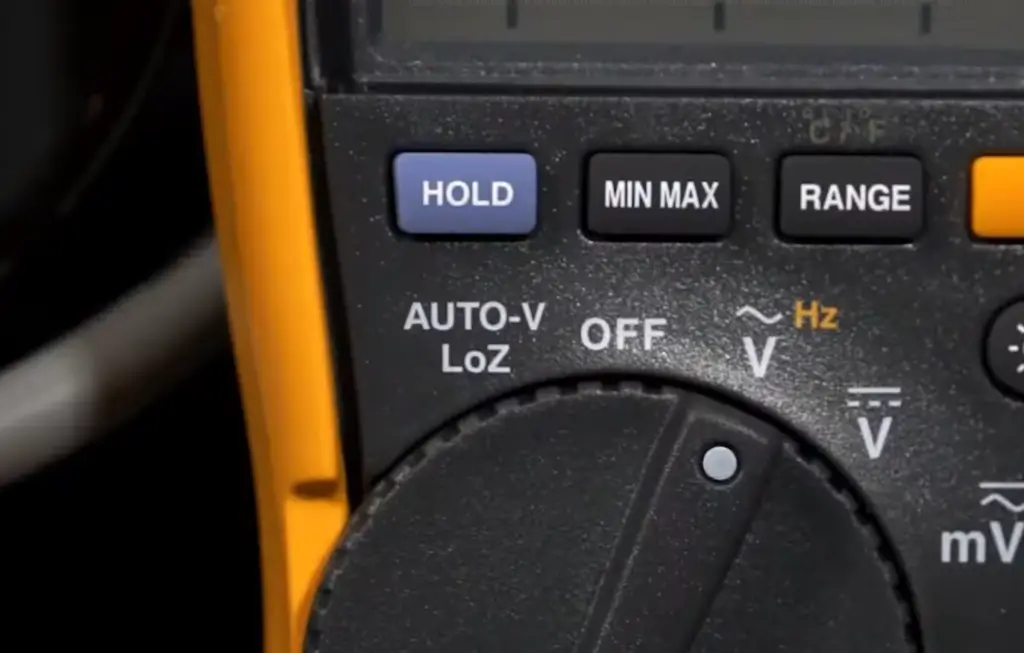
Current In Neutral Wire
Before we answer why a neutral wire has voltage, let’s first discuss why it would need to have a current running through it. When electricity is sent from the power source, like a utility company, it flows through three wires – the two hot wires and a neutral wire. The two hot wires send an opposite electric charge back and forth between them in order to create the alternating current (AC) used by most household appliances. The neutral wire then serves as the return path for this current when it reaches its destination. In other words, electricity flowing out of your wall socket runs down one of the hot wires to your appliance before returning along the same path via the neutral wire. This allows for an equal but opposite electric charge to flow in both directions.
However, this is not the only current that flows through a neutral wire. In many cases, the hot wires and the neutral wire will not be carrying equal amounts of current, so some electricity will remain in the neutral wire when it reaches its destination. This is why your neutral wire may have a small voltage present even when none of your appliances are running. It’s simply residual energy that has nowhere else to go.
Neutral Wire And Ground
The neutral wire is closely related to the ground wire. The two are both connected back to the electrical panel, and they work together to provide a return path for electricity. The neutral wire carries current from an appliance that’s using power back to the electrical panel, while the ground wire acts as a safety mechanism, protecting against electric shock by providing an alternate path for electricity in case of a short circuit.
Sometimes, people confuse the neutral and ground wires because their connections look similar. However, it’s important to remember that they serve different purposes and should never be used interchangeably. Doing so could create a dangerous situation where there is no safe outlet for excess current created by fault overloads and shorts.
In some cases, the neutral wire may have voltage even when the appliance it is connected to isn’t turned on. This can happen if a faulty appliance, such as a refrigerator or washing machine, is drawing too much power from the electrical panel and causing an imbalance of electricity in the circuit. A voltage reading on the neutral wire could indicate that there’s a problem with one of your appliances. To find out what it is, you should contact a qualified electrician who will inspect your wiring and determine the cause of this issue.
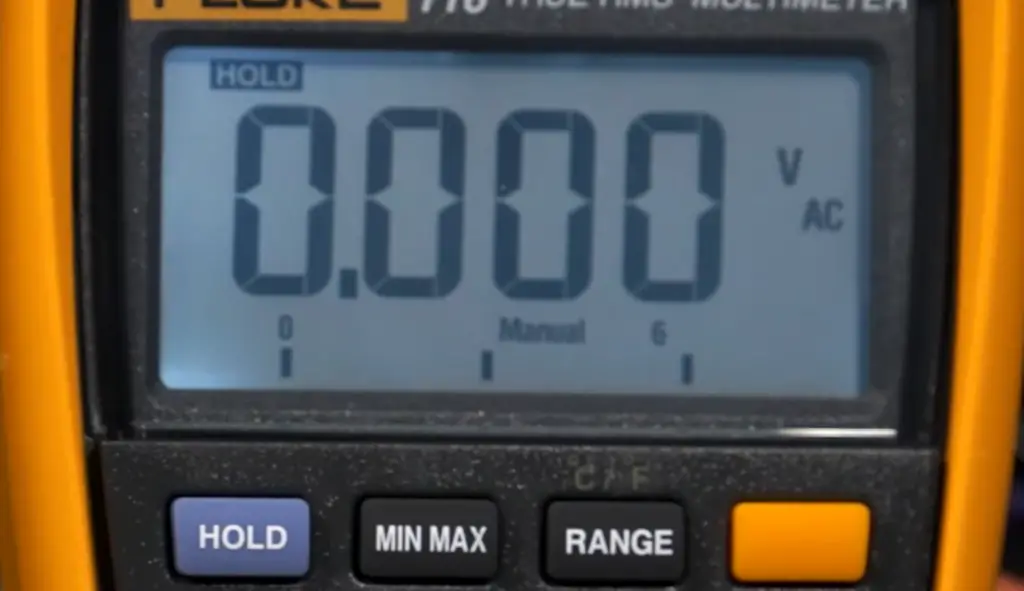
Voltage Between Hot And Ground Wires
If you’re measuring voltage between the hot and ground wires, you must take into account two factors: load current and voltage drop. Load current is the amount of electricity that is being drawn from a circuit. Voltage drop occurs when there is resistance in a circuit due to long wire runs or undersized wiring. This resistance can cause the voltage at the end of the run to be lower than it should be.
In an unloaded circuit, there shouldn’t be any detectable voltages on either the hot or neutral wires if all connections are properly wired. However, when there is load current in a circuit, inductive reactance causes small amounts of voltage to appear on both wires — up to 5 volts for 120-volt circuits, and up to 10 volts for 240-volt circuits. This is known as line-to-neutral voltage, and it is typically 5 to 10 volts lower than the line-to-line voltage across the hot and neutral wires. [3]
So if you measure voltage on a neutral wire, you must take into account both load current and voltage drop in order to determine whether or not the circuit is working properly. If there’s too much of a difference between the voltages on the hot and neutral wires, then something could be wrong with either the wiring or components in that particular circuit.
How To Test A Neutral Wire?
Testing a neutral wire is important to ensure that it does not pose any safety risks and is working properly. The easiest way to test a neutral wire is with a multimeter. A multimeter measures electrical properties such as voltage, current and resistance. To test the neutral wire first make sure that the circuit breaker connected to the wire is switched off. Set your multimeter to measure AC voltage in the range of 0-250 volts and connect the probes to each end of the wire. If you get a reading between 120-125 volts then this indicates that there is indeed voltage present on your neutral wire and needs to be addressed.
In some cases, if there’s abnormally high voltage present on your neutral wire, it could be due to a defective neutral conductor in the wiring system. If this is the case it is important to contact an electrician immediately and have them address any potential safety risk.
It’s also important to note that, even if there’s no voltage present on your neutral wire, you should still periodically check it as part of regular maintenance. This will help ensure that your home or business remains safe from any electrical hazards.
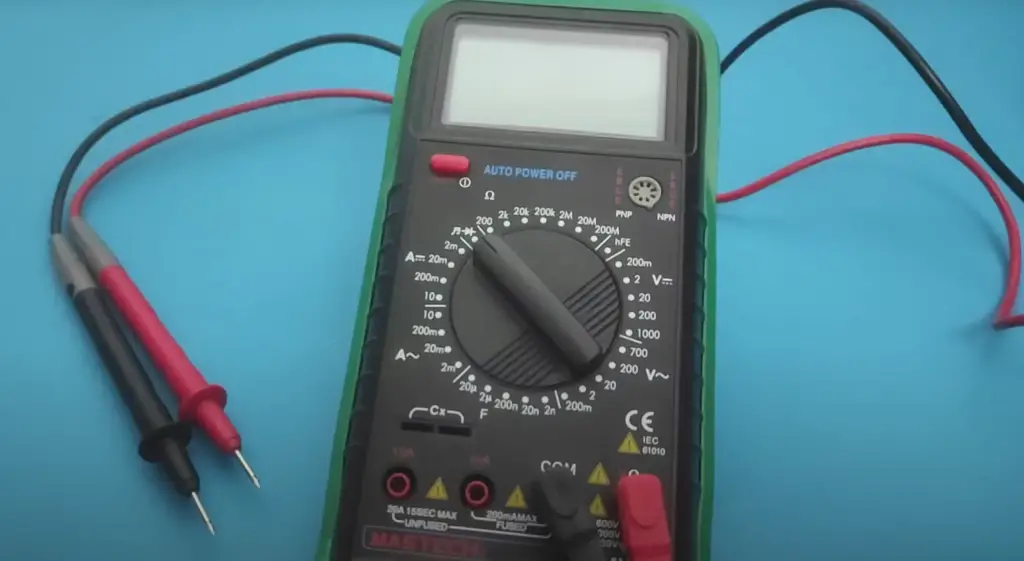
What Happens If Neutral Is Open?
If the neutral wire in an electrical circuit is open, then the voltage between it and physical ground will be higher than normal. This can create a potential safety hazard and also damage devices connected to the circuit. To avoid this problem, all circuits should be tested regularly for any possible open neutrals or other irregularities.
If an open neutral is detected, it must be repaired immediately by a qualified electrician. Additionally, any devices that were connected to the circuit should be inspected for signs of damage and replaced if necessary. Taking these precautions will help ensure that your home remains safe from dangerous electrical conditions caused by an open neutral wire. [4]
How Much Does It Cost?
The cost of repairing or replacing faulty wiring in your home can vary significantly depending on the extent of damages. Some electrical problems are relatively easy repairs, while others may require professional equipment and expertise. In general, it is recommended that you contact an experienced electrician to assess the issue and determine the most appropriate solution. If the neutral wire is found to be defective, they will need to replace or repair it before restoring power to your home. Depending on the complexity and parts required for the job, this could run anywhere from a few hundred dollars to several thousand dollars.
Furthermore, if further damage has been caused due to a lack of voltage regulation, additional costs may be incurred for further repairs. It’s important that you thoroughly examine all factors that have contributed to the issue and address them accordingly in order to prevent any further damage from occurring.
By taking the proper precautions and addressing any potential issues as soon as possible, you can save yourself a lot of time, money, and stress. After all, your safety should always be the top priority when dealing with electrical wiring. [5]

When Do I Call A Professional?
If you are uncomfortable dealing with the power in your home, it is best to call a professional electrician. If you have identified a potential issue with your neutral wire having voltage, contact an electrician immediately. They will be able to identify the source of the voltage and fix it safely. Additionally, if you are not sure if the wiring in your house is up-to-date or compliant with local codes, consulting an expert is always recommended. A mistake when working with electricity can be dangerous and even deadly. It should always be handled by someone who has experience and knowledge about it. An experienced electrician will also be able to install safety features such as GFCI outlets which can help protect against shocks and fires.
In short, if you’re not sure why your neutral wire has voltage or how to fix it, don’t take chances. Call an electrician and ensure your home is safe. [6]
FAQ
Is it normal to have voltage on a neutral wire?
Yes, it is normal for a neutral wire to have voltage. In some cases, the voltage on a neutral wire can be as much as 120 volts. This is because electricity flows in a loop, and the current flowing through the hot wires has to return back to its source via the neutral wire. When there is an imbalance between the amount of current going out and returning back, it can cause a voltage drop across the neutral wire. The greater this imbalance, the higher the voltage that will be present on the neutral wire.
What should I do if my neutral wire has too much voltage?
If you are experiencing high levels of voltage on your neutral wire (above 120 volts), then you should contact an electrician immediately. High levels of voltage can cause damage to your electrical appliances and be a potential fire risk. An experienced electrician will be able to identify the source of the problem and advise you on best practice solutions.
Can I fix the issue myself?
It is not recommended that you attempt to repair any issues related to high voltage on your neutral wire yourself, as this can be dangerous. If you are not an experienced electrician, then it is in your best interest to consult with one before taking any action. They will be able to assess the situation safely and effectively and offer you appropriate advice for resolving the issue.
Why does neutral get voltage?
Neutral wires have voltage because they are connected to the ground wire, which is part of the electrical system and is designed to carry any extra electricity away from the electrical device. The ground wire helps protect people and other devices from shocks or fires that can be caused by faulty wiring in an appliance. Neutral wires also get voltage when current flows through them due to a difference in potential between two points – this phenomenon is known as “voltage drop”. Voltage drops occur naturally when electricity travels over longer distances because some energy is lost along the way. That’s why neutral wires may have small amounts of voltage even when there isn’t any active power running through them.
Can a bad neutral cause high voltage?
Yes, a bad neutral connection or a loose wire can cause high voltage. A bad neutral should be corrected by an electrician to prevent safety hazards in the home. High voltage on the neutral wire could potentially overload other appliances and cause them to malfunction or even start a fire. It is important to have any faulty wiring fixed immediately to ensure the safety of your home. Additionally, if a breaker trips when connected to the same circuit as the impacted outlet, there may be an issue with the neutral wire that should be checked out by a professional electrician for further investigation. It is also possible that high voltage readings from your meter are due to factors unrelated to your wiring such as power surges from nearby lightning strikes or utility company issues such as transformer overloads. In any case, it is best to have a professional electrician inspect your wiring and other components of your home electrical system to ensure that everything is functioning safely.
Useful Video: Checking Voltage from Neutral to Ground
Conclusion
In conclusion, it is important to understand why a neutral wire may have voltage. The most common causes of a neutral wire having voltage are incorrect wiring, such as grounding problems and open neutrals; an imbalance in the load between the hot and neutral wires; or an issue with the transformer supplying power to your circuit. If you find that your neutral wire has voltage, it is important to have a qualified electrician inspect your wiring for possible faults. In some cases, you may need to contact your local utility company to check if there is a problem on their end. With proper safety precautions and knowledge, you can safely identify any issues with your electrical system and make repairs to ensure safe operation.
References
- https://www.circuitsgallery.com/why-does-my-neutral-wire-have-voltage/
- https://atkinsoninspection.com/why-does-my-neutral-wire-have-voltage/
- https://urbanhomecorner.com/why-do-i-have-voltage-on-my-neutral/
- https://www.creativesafetysupply.com/qa/electrical-safety/what-is-the-voltage-of-a-neutral-wire
- https://istouchidhackedyet.com/why-does-my-neutral-wire-have-voltage/
- https://conquerallelectrical.ca/how-does-a-neutral-wire-becomes-live/





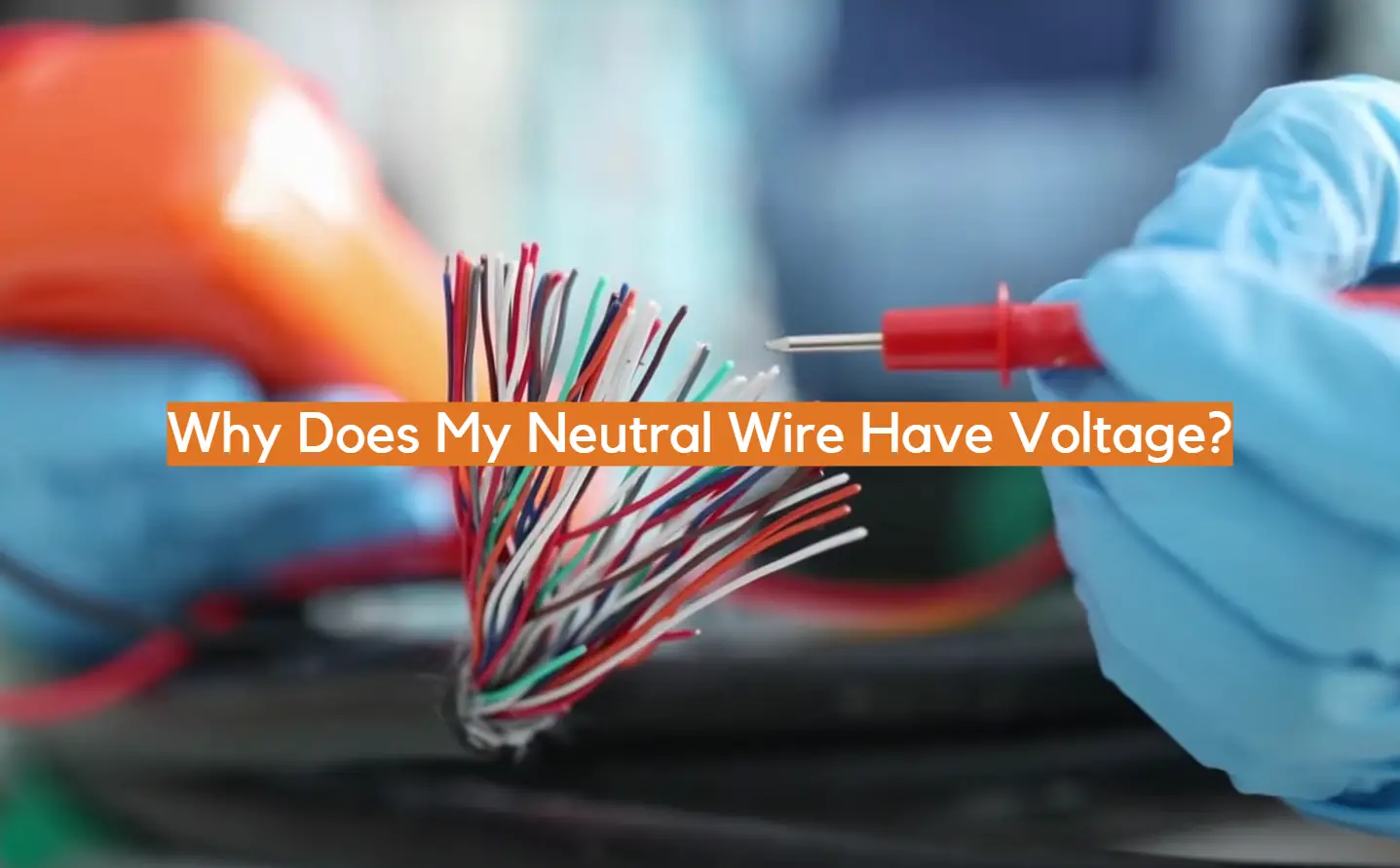





Leave a Reply